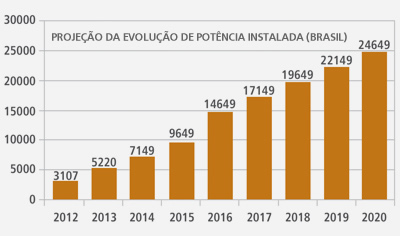Vestas has entered into an agreement with MidAmerican Energy Company to supply up to 1,000 V110-2.0 MW wind turbines for MidAmerican’s 2,000-MW Wind XI project in Iowa. The project is still pending approval from the Iowa Utilities Board (IUB).
The conditional agreement includes exclusivity provisions for Vestas to supply 100% of MidAmerican’s 2016 PTC Safe Harbor components.
The conditional agreement comprises supply and commissioning of the wind turbines, as well as a 5-year Active Output Management (AOM) 4000 service agreement with options to extend for up to 10 years. Pending the IUB approval, delivery and commissioning of the turbines will occur from 2016 to 2019.
“This project, if approved, will bring considerable economic benefits to MidAmerican’s rate payers and communities, and Vestas is proud to partner with MidAmerican Energy in their commitment to generate 100% renewable energy,” said Chris Brown, President of Vestas’ sales and service division in the United States and Canada.
Wind XI follows MidAmerican’s first-of-its-kind utility commitment to providing customers with 100% renewable energy generation. MidAmerican Energy Company, a subsidiary of Berkshire Hathaway Energy, is the largest regulated utility owner of wind energy in the U.S. With the investment in Wind XI, the utility will generate 85% of its retail load from wind.
If and when the agreement translates into orders that meet Vestas’ definition for firm and unconditional orders, Vestas will disclose company announcements announcing specific orders under the agreement in accordance with its defined order announcement policy.
Potential future order intake under the agreement is expected to occur as partial deliveries under the master agreement and hence, will be announced firm and unconditional when they occur as such.
The conditional agreement includes exclusivity provisions for Vestas to supply 100% of MidAmerican’s 2016 PTC Safe Harbor components.
The conditional agreement comprises supply and commissioning of the wind turbines, as well as a 5-year Active Output Management (AOM) 4000 service agreement with options to extend for up to 10 years. Pending the IUB approval, delivery and commissioning of the turbines will occur from 2016 to 2019.
“This project, if approved, will bring considerable economic benefits to MidAmerican’s rate payers and communities, and Vestas is proud to partner with MidAmerican Energy in their commitment to generate 100% renewable energy,” said Chris Brown, President of Vestas’ sales and service division in the United States and Canada.
Wind XI follows MidAmerican’s first-of-its-kind utility commitment to providing customers with 100% renewable energy generation. MidAmerican Energy Company, a subsidiary of Berkshire Hathaway Energy, is the largest regulated utility owner of wind energy in the U.S. With the investment in Wind XI, the utility will generate 85% of its retail load from wind.
If and when the agreement translates into orders that meet Vestas’ definition for firm and unconditional orders, Vestas will disclose company announcements announcing specific orders under the agreement in accordance with its defined order announcement policy.
Potential future order intake under the agreement is expected to occur as partial deliveries under the master agreement and hence, will be announced firm and unconditional when they occur as such.
























